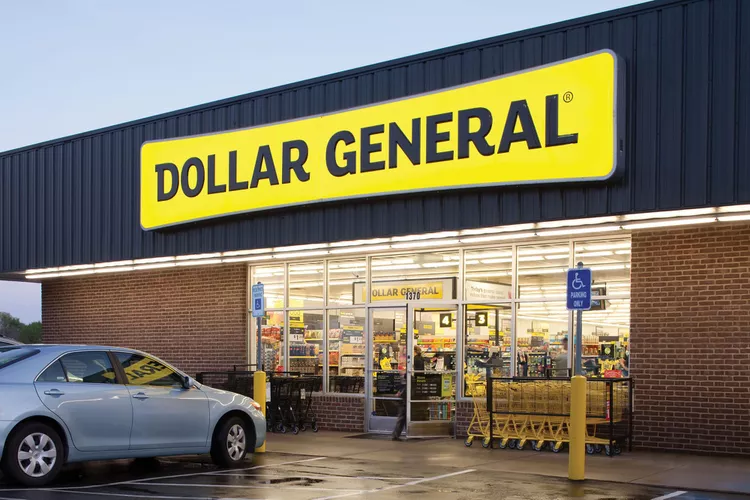Dollar General, the largest dollar store chain in the U.S., has revealed that many lower-income American households are running out of money each month, reflecting the severe financial pressures faced by its core customers. The company, which operates over 20,000 locations across 48 states, reported disappointing financial results that led to a more than 30% drop in its stock value—the largest single-day decline in the company’s history. This outcome underscores the ongoing struggles of lower-income families amid persistent inflation and dwindling pandemic-era savings.
As a retailer focused on providing affordable food and household items, Dollar General’s customer base primarily includes individuals from economically disadvantaged backgrounds, particularly those living in rural areas and low-income urban neighborhoods. According to company filings, these core customers are typically the first to feel the effects of economic downturns and the last to benefit from any recovery. CEO Todd Vasos noted that approximately 60% of the company’s sales come from shoppers earning less than $35,000 annually, many of whom are experiencing increased financial strain due to rising prices, a softer job market, and higher borrowing costs.
The financial hardships faced by Dollar General’s customers were reflected in the company’s latest quarterly results. For the period ending August 2, same-store sales—a critical industry metric—grew by only 0.5%, falling short of company expectations and Wall Street forecasts. This modest growth was driven solely by sales of consumables like food, while discretionary items such as clothing and home goods saw little to no increase. Executives reported that sales were particularly weak during the final week of each month, as many of their typical customers run out of funds. CFO Kelly Dilts highlighted this trend, pointing out that the financial struggles of Dollar General’s core shoppers are becoming increasingly apparent as the month progresses.
This outlook sharply contrasts with reports from other major retailers. While Dollar General sees its customers grappling with financial constraints, discount apparel chain Burlington Stores has observed a slight improvement among low-income shoppers as inflation pressures ease. Similarly, both Walmart and Target have reported strong sales growth, with Walmart noting that it has gained market share from competitors during this period of economic uncertainty.
Despite these challenging conditions, Dollar General did see a 1% increase in customer traffic during the second quarter, though the average spending per shopper declined by 0.5%, driven by lower retail prices. The company’s net sales rose by 4.2% year-over-year to $10.2 billion, yet operating profit fell by 20.6% to $550 million, partially due to markdowns and increased inventory losses attributed to “shrink,” a term used to describe losses from theft and other factors.
Dollar General’s challenges are reflective of the broader economic landscape for many low-income Americans who continue to face headwinds from high inflation, elevated interest rates, and stagnant wages. As these pressures persist, Dollar General’s financial performance serves as a barometer for the struggles faced by millions who rely on budget retailers for their everyday needs.
Rival Dollar Tree, which operates under its own name and the Family Dollar brand, is expected to report its earnings next week, with its shares already down more than 10% in the past week. As competition in the discount retail sector heats up, the financial outlook for companies like Dollar General and Dollar Tree will remain closely watched as indicators of broader economic health for lower-income Americans.

